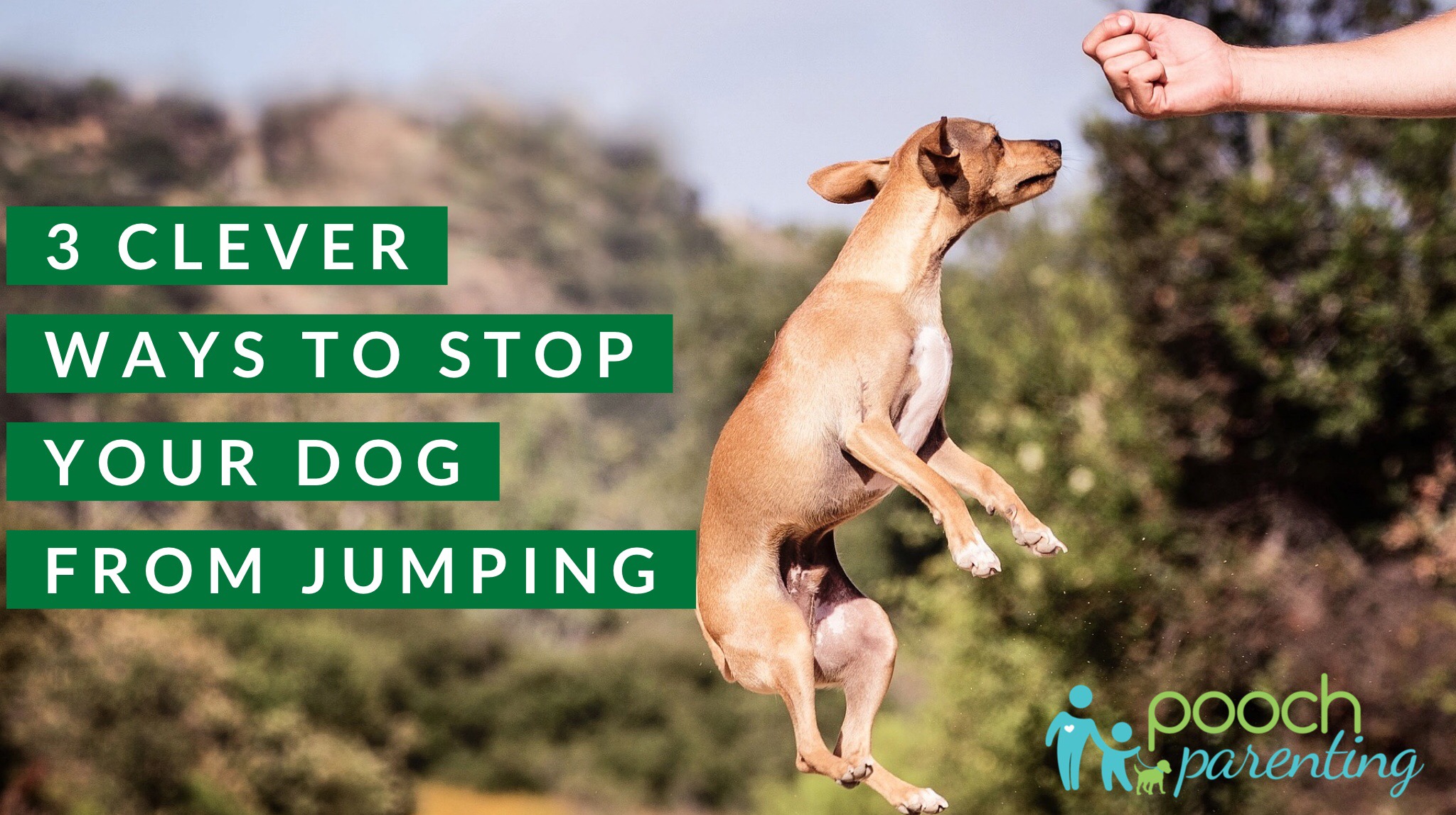How Do Calming Collars Help Cats Adapt to New Homes?

Understanding Feline Stress and the Role of Calming Collars
Cats are highly sensitive creatures, and changes in their environment can trigger significant stress. Whether it's moving to a new home, introducing a new pet, or simply rearranging furniture, these shifts can cause cats to exhibit anxious behaviors such as hiding, increased meowing, or restlessness. To help ease this transition, many cat owners turn to calming collars, which offer a non-invasive way to support their feline companions.
Calming collars work by releasing synthetic pheromones that mimic the scent a mother cat emits to her kittens. This natural signal helps cats feel safe and secure, reducing anxiety during times of change. These collars typically begin working within an hour and can make the adjustment period more manageable for both the cat and the owner.
How Calming Collars Work
The primary mechanism behind calming collars involves the use of pheromones—chemical substances that communicate information between animals. For cats, these pheromones provide a sense of comfort and familiarity, helping them navigate unfamiliar situations. The scents released by the collar are undetectable to humans but are clearly perceived by cats through their highly developed sense of smell.
Some collars also incorporate natural herbs like lavender or chamomile, which may enhance the calming effect. These ingredients are often used to create a soothing atmosphere, especially for cats that are particularly sensitive to environmental changes.
Most calming collars last around 30 days, making them a convenient option for short-term stress relief. However, the duration can vary depending on the brand and the specific formulation of the collar.
Benefits of Using Calming Collars
Cat owners often report several positive outcomes when using calming collars, particularly during major life changes. These benefits include:
- Fewer instances of hiding – Cats tend to feel more at ease and less inclined to seek shelter.
- Reduced aggression – When introduced to new pets or family members, cats may display less hostility.
- Less vocalization – Meowing or crying decreases as the cat becomes more relaxed.
- Improved behavior – Cats may show better litter box habits, reduced scratching, and increased willingness to explore new spaces.
These improvements can help cats return to their normal routines more quickly, making new environments feel more like home.
Types of Calming Collars
There are several types of calming collars available, each with its own unique features:
- Pheromone-based: These collars release synthetic pheromones that mimic a mother cat’s scent. They are the most popular choice and typically last up to 30 days.
- Herbal-infused: These collars use natural scents like lavender or chamomile to provide additional relaxation. Their effectiveness can vary, lasting from a few days to several weeks.
- Combination: Some collars blend pheromones with herbal ingredients for a more comprehensive approach. The duration depends on the manufacturer.
While pheromone-based collars are widely favored, some cats may respond better to herbal options, especially if they are sensitive to strong odors.
Behavioral Changes with Proper Use
When used correctly, calming collars can lead to noticeable improvements in a cat’s behavior. Owners often see their cats become more social, playful, and less jumpy. Other common changes include:
- Better use of the litter box
- Less scratching on furniture
- More willingness to interact with people and other pets
It is important to follow the instructions provided with the collar to ensure maximum effectiveness. Incorrect use may limit the benefits, and if stress-related behaviors persist, consulting a veterinarian is recommended.
Best Practices for Using Calming Collars
To get the most out of a calming collar, consider the following tips:
Selecting the Right Collar
Choose a collar specifically designed for cats, not dogs or other animals. Look for one that contains pheromones, as these are safe and effective. Avoid collars with harsh fragrances, dyes, or untested ingredients. Ensure the collar fits comfortably, allowing two fingers to fit between the collar and the cat’s neck.
Safe Application and Monitoring
Fit the collar snugly but not too tight. It should sit close to the skin without causing discomfort or restricting breathing. Monitor your cat for any signs of irritation, such as scratching or hair loss around the neck. If any issues arise, remove the collar immediately.
Avoid using calming collars on kittens under 12 weeks old or on cats with open wounds near the neck.
Integrating into Acclimation Routines
Introduce the collar a few hours or a day before a major change, such as a move. Pair it with familiar items like bedding or toys to create a comforting environment. Observe your cat’s response and combine the collar with gentle routines, such as regular feeding times and quiet spaces.
Minimize noise and disruptions during the adjustment period. If the collar proves helpful, continue using it for several weeks while gradually introducing new elements. If no improvement is seen, consult a veterinarian for alternative solutions.
Conclusion
Calming collars offer a gentle and effective way to support cats during stressful transitions. By releasing pheromones that mimic a mother cat’s scent, these collars can help reduce anxiety and promote a sense of safety. While results may vary, using a calming collar alongside patience and positive experiences can significantly ease the process of adapting to a new environment.
Observing your cat’s behavior and seeking professional advice when needed will help ensure the best outcome for your feline companion.
